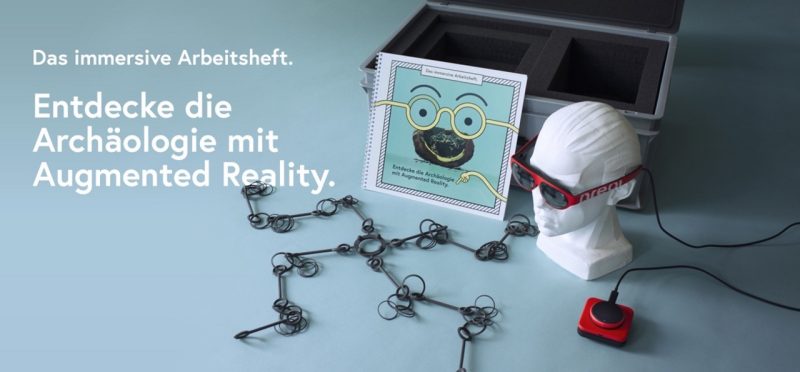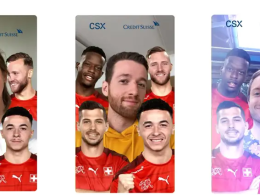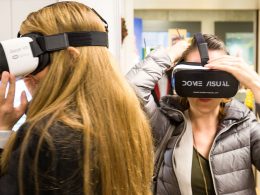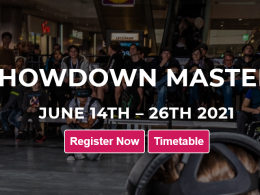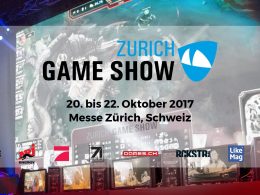Digital teaching materials are few and far between - but there are lighthouse projects that are trying to break new ground. The "immersive workbook" provides teachers with a tool for teaching archaeology so that they can convey the subject in a vivid and interdisciplinary way.
Scrutinise information
The strange artefact found on the Uetliberg in 2017 is said to be 2500 years old. But how did the researchers come to this conclusion? Answering such questions is one of the most important skills that can be learnt with the "immersive workbook", says the teacher.
The aim is not just to memorise facts, but also to be able to judge where the claims come from and how and why certain conclusions are drawn from information. The "immersive workbook" can fulfil this requirement well, even across subjects, including the subject "Media and Computer Science".
Those who learn to assess facts can then also better judge the content in the newsfeed of a social medium, for example. "This is where we come full circle with social media - this is an interdisciplinary skill that students need to develop," says Stöckli.
Do not overburden pupils
The question arises as to why the developers of the teaching material did not dispense with the classic, printed part and focus entirely on augmented reality. Jonas Christen from the Zurich University of the Arts and project manager of the "immersive workbook" explains that this was originally the plan.
However, initial tests quickly showed that the technology distracted the pupils too much and also overtaxed them. This is why the advantages of both media are now being utilised: a workbook that the pupils are familiar with and the glasses to illustrate things that cannot be explained using text or images. The advantages of both media have been combined or, as Flurina puts it, a booklet has been created that is also a "computer".
The teaching aid is designed in such a way that it can also be used to teach content other than just archaeology. Christen says that it could also be used to visualise the human body, for example, so that a child could look at another child through the glasses and see how their metabolism works.
The project is designed and managed by the Knowledge Visualisation research group at Zurich University of the Arts. The project is funded as part of the MINT Switzerland programme of the Swiss Academies of Arts and Sciences.
Source: SRF / zhdk





